Winter chinook fishery in central Puget Sound opened New Year’s Day to slow action and stormy weather puts halt to weekend fishing Leave a reply
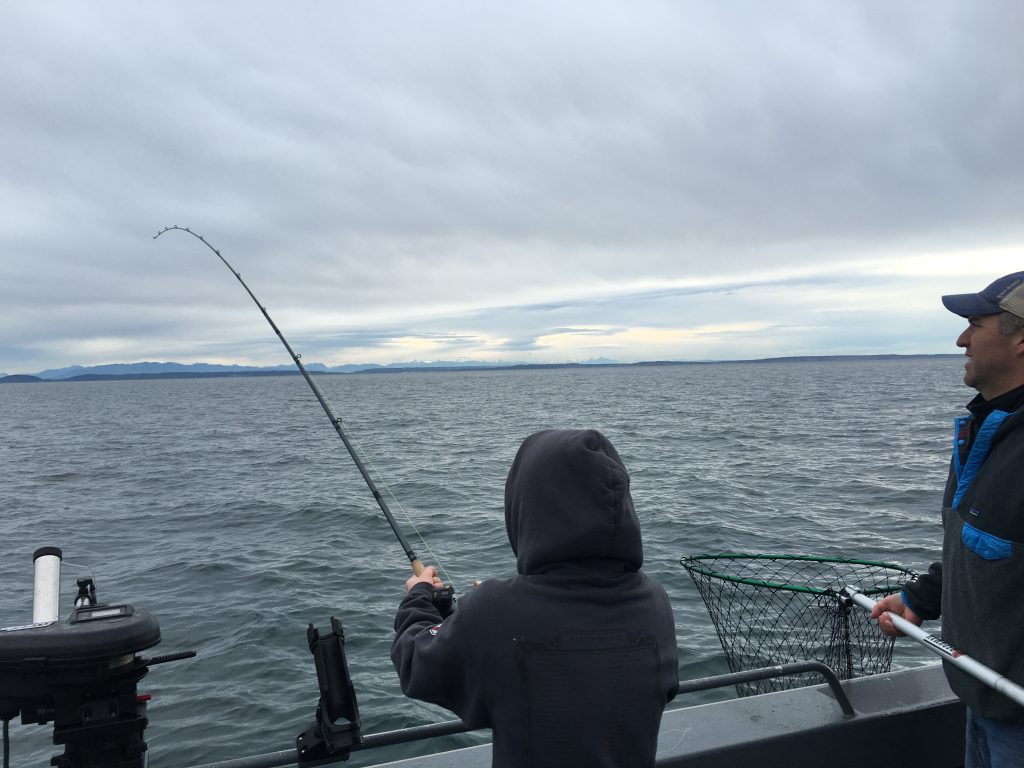
By Mark Yuasa
Another year in the rearview mirror with another in front of us. It’s Day 4 of the New Year with 361 more days ahead. Time moves fast (and maybe it’s just my age) but before we hit the throttle on 2021, let’s take a quick look back.
From an angler’s perspective how was 2020? Did you catch plenty of fish? Did you get out on the water more? I certainly did!
As I reminisce about where I’ve been during the past year, I’m feeling pretty good granted the jarring fishing closure last spring that lasted more than a month due to an ugly five-letter word spelled C-O-V-I-D.
For me, it started off with some nice winter chinook in the strait and Puget Sound between January and mid-March. After the statewide fishing ban, there was successful resident coho action during June in central Puget Sound followed by early summer trips out of Tacoma for shrimp and hatchery kings. Then came multiple journeys to the Upper Columbia for summer chinook and sockeye, Buoy 10 in late-August and a late September jaunt to Hanford Reach for fall kings. Those culminated with fall coho fun in Puget Sound capped off by jigging a bounty of squid in Puget Sound heading into the late fall/winter holidays.
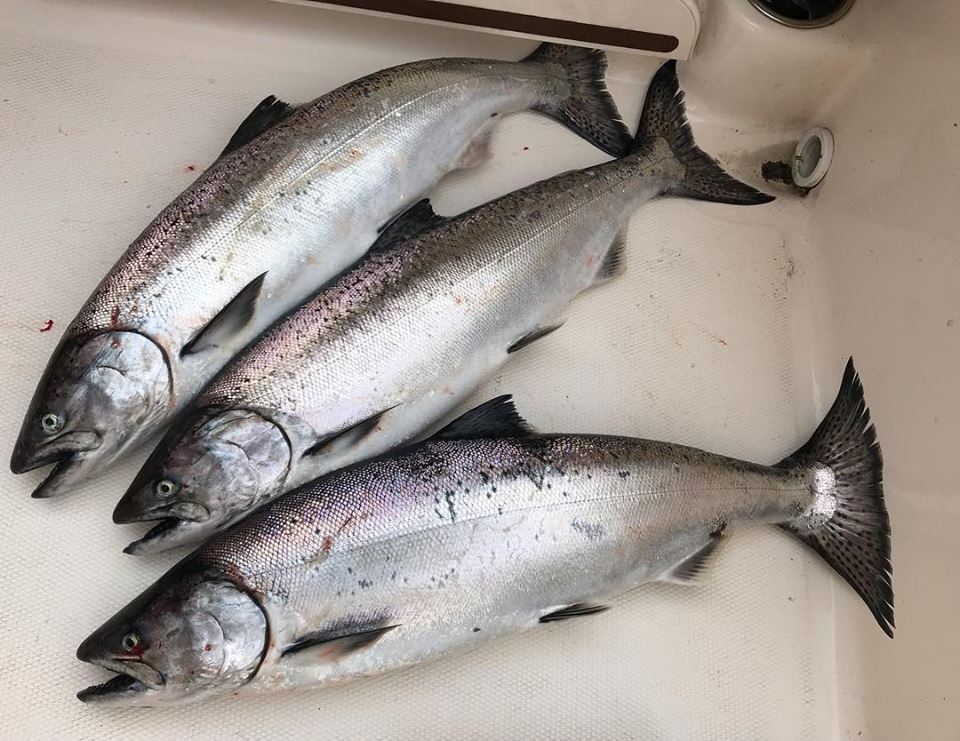
One of my goals in life is to continue to experience and learn as much as I can about all our great sport fisheries and outdoor fun. When I leave this earth – and hopefully I’m still a long ways away from it – I don’t want to have any regrets, and in the meantime, I’ll continue to drink from the Fountain of Youth.
Regrets are for those who cancel trips or sleep in just because they heard fishing was slow. My saying is what was lousy one day could be a bounty of fish the next day. It’s so easy to get sucked up in the negativity of life especially right now, but you can’t lose sight of why we as anglers live in a really special place.
For me, the outdoors is my office. And I’ve heard many times, “Fishing isn’t a job.” I beg to differ albeit a joyful place of employment.
As I stash 2020 into the history fishing books, my job is to examine very hard not only what happened then, but dig further into the past all while examining what the crystal ball has in store for the year ahead. And, yes, I like what I see both immediately and further down the line into spring and summer!
Winter blackmouth fishing just reopened this past Friday (Jan. 1) through March 31 in central Puget Sound (Area 10) and reports coming out from the opener weren’t anything to write home about. However, some positive vibes included not many sub-legal (chinook under the 22-inch minimum size limit) released; baitfish was abundant despite a soft morning tidal exchange; and, yes, there were some keeper hatchery fish in the mix.
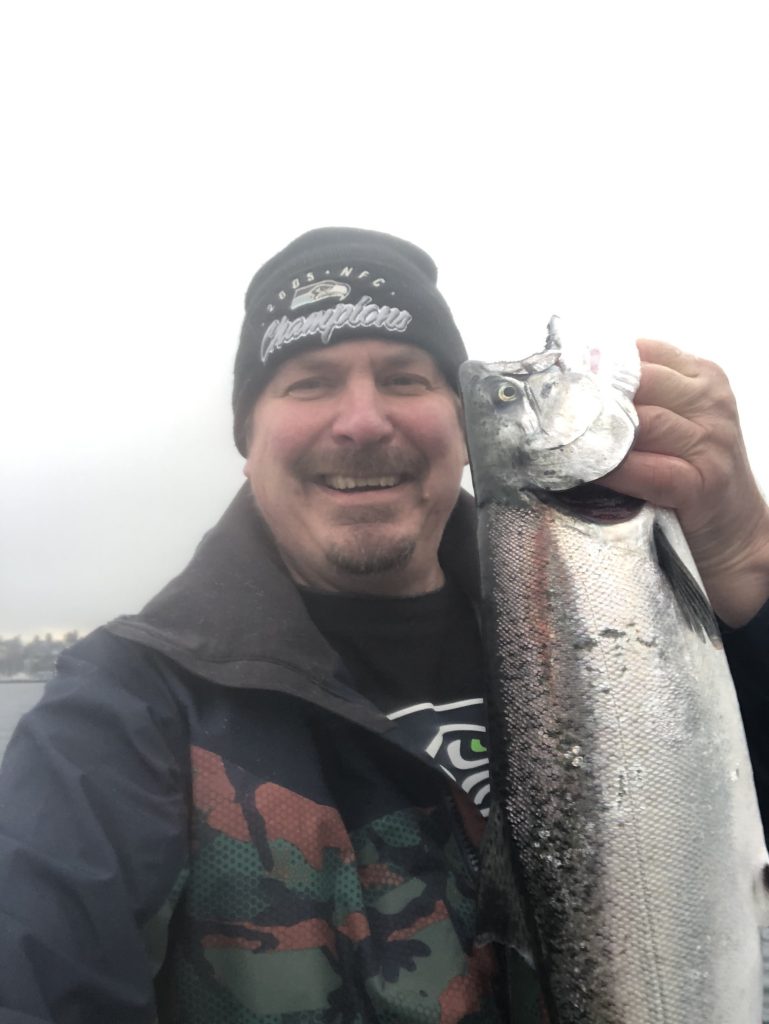
“I wouldn’t call it great but there are a few fish around and my dad lost one that was around 10 pounds,” said Justin Wong, owner of Cut Plug Charters in Seattle, who fished the opener at Jefferson Head. “There wasn’t a lot of boats out (estimate was 30 to 40 boats). I think most got scared by the weather report.”
The majority of the opening day effort occurred from Jefferson Head to Kingston as well as Richmond Beach south to Boeing Creek near Innis Arden. One reliable source got a keeper in less than five minutes outside of Shilshole Bay Marina, but the general report was slow fishing.
While all the hype was the northern portion of Area 10, from past experience I’ve scored many winter fish around Southworth across the northern channel of Colvos Pass to the northwestern side of Vashon Island; Manchester; and Allen Bank off Blake Island’s southeast side.
Don’t overlook Point Monroe; west side of Bainbridge Island from Skiff Point to Yeomalt Point; Restoration Point; Rich Passage; Alki Point; West Point south of Shilshole Bay; Fourmile Rock off Magnolia Bluff; and near the Fauntleroy Ferry Landing off Vashon Island. Inner-Elliott Bay has potential if the baitfish are present, which is the key at just about anywhere you pick in open marine areas.
Since Area 10 is one of the only shows in town for winter blackmouth, state fishery managers are being cautious in order to keep this fishery going for as long as possible. In other words, go sooner than later.
The preseason prediction of total encounters in Area 10 is 3,751 chinook. WDFW plans to manage this fishery to ensure it doesn’t exceed 120 percent of 4,501 predicted encounters. The total ceiling is 579 unmarked chinook encounters and 3,224 total sublegal encounters.
The low total unmarked encounters had the WDFW Puget Sound sport fishing advisory group on the edge of their seats during a conference call in December. Many worry it won’t take much to release 579 wild chinook although in some years the hatchery to wild fish ratio can sway dramatically in one direction or another.
If for any reason catch rates soar quickly or large numbers of sub-legal (chinook under the 22-inch minimum size limit) or wild fish are released then WDFW could temporarily stop the fishery to maximize the back end of the season.
Carl Nyman, the Puget Sound Charter Boat Association president and WDFW sport fishing advisory board group member along with other advisory board members agreed to hit the pause button once it approaches about 50 percent of the total encounters, and reopen it when bigger fish and better weather arrives in March.
WDFW plans to have dockside samplers and test fishing boats on the water, and provide weekly updates. The first catch estimate occurs the week ending Jan. 8. The size and mark-status composition of the targeted chinook population is gauged using test fishing data.
Another overlooked option is southern Puget Sound (Area 13), which is open year-round for hatchery chinook. Head to Point Fosdick located south of the Narrows Bridge; Fox Point south to Gibson Point on Fox Island; Lyle Point off Anderson Island; Johnson Point near Zittel’s Marina in Olympia; Thompson Cove north of Lyle Point; shoreline just outside the Narrows Marina; and the Sandspit on northwest side of Fox Island east to Ketner’s Point.
Further down the road is the western Strait of Juan de Fuca at Sekiu (Area 5), which opens March 1 through April 30. This fishery is managed as a season, meaning there’s no guideline to shut it down prematurely.
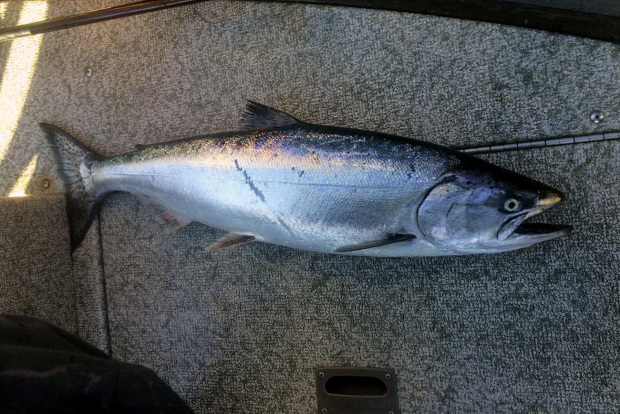
Tips to catching winter salmon
Success relies heavily on locating schools of baitfish since they’re known to be voracious feeders of herring and candlefish and squid. The fish also tend to hug the bottom so bouncing your presentation in front of them should improve your chances.
Study incoming and outgoing tidal movements and look topographic maps to understand where drop offs, ledges and underwater structures are located.
Blackmouth are fairly predictable so if the bite happens at a certain time of the day, it’ll likely turn on around the same time the following day only an hour later.
Upcoming tides: Monday (Jan. 4), plus-12.3 feet at 9:08 a.m. and 5.6 feet at 3:19 p.m.; Tuesday, 12.2 at 9:46 a.m. and 4.5 at 4:18 p.m.; Wednesday, 12.2 at 10:25 a.m. and 3.0 at 5:16 p.m.; Thursday, 4.5 at 4:29 a.m. and 12.2 at 11:06 a.m.; and Friday, 6.1 at 5:40 a.m. and 12.0 at 11:56 a.m. For future tides, go to https://www.saltwatertides.com/dynamic.dir/washingtonsites.html#puget.
Downrigger trolling is effective and best choice since you can cover a lot of area especially in the winter when baitfish schools can be sparse, but mooching and jigging are very effective and will get their good share of action.
More statewide fishing options
While many are glued to central Puget Sound for winter blackmouth, there are plenty of year-round choices worth your time.
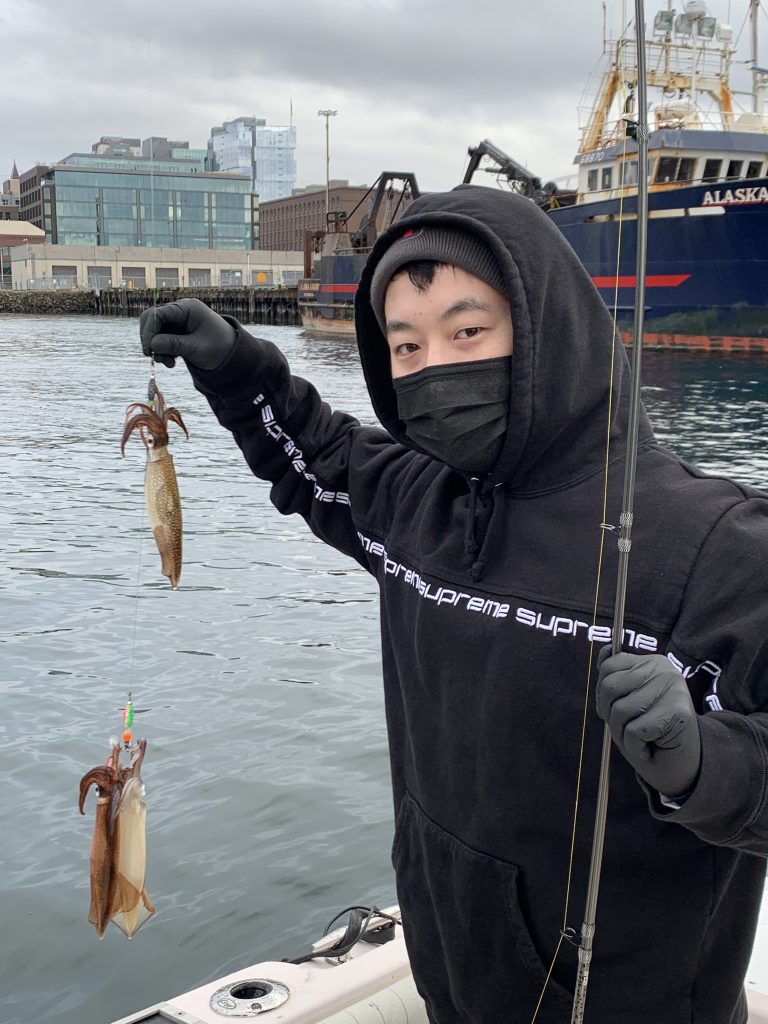
Squid jigging should stay fairly productive through the end of this month at piers or by boat along the Seattle waterfront; the Seacrest Boathouse Pier in West Seattle; Edmonds Pier; Des Moines Pier; Shilshole Bay Pier; Point Defiance Park Pier and Les Davis Pier in Tacoma; Fauntleroy Ferry Dock; Illahee State Park Pier; and the Waterman and Indianola piers in Kitsap County.
Trout chasers should focus on year-round lakes that got hefty plants including Green in North Seattle, Beaver, Ballinger, American, Tanwax, Klineline, Battle Ground and Kress. Anglers can also bank on a bonus plant of 5,000 trout averaging ½ pound apiece planted last month at Snohomish County’s Lake Goodwin.
Head to eastern Washington, where excellent reports of large kokanee and triploid rainbow trout are being caught at Lake Roosevelt and Rufus Woods Reservoir. Some kokanee are measuring up to 23 inches and it wouldn’t be a surprise if the new state record comes from Roosevelt. Rainbows in both locations are as large as salmon and cut very good for the smoker or BBQ grill! Those without a boat can also find good plunking areas at both locations for rainbow trout.
The possibilities of a deep freeze will have many thinking about breaking through the ice on eastside lakes very soon for trout, yellow perch and an array of spiny ray fish species. Top choices for ice fishing are Fish, Curlew, Palmer, Patterson, Moses, Roses, Sidley, Hatch, Williams, Fourth of July and the Potholes Reservoir.
All coastal beaches remain closed for razor clams due to high levels of marine toxins, but keep your fingers crossed that we’ll be able to get back to digging up a batch of clams once domoic acid levels dissipate.
I’ll see you on the water soon!

